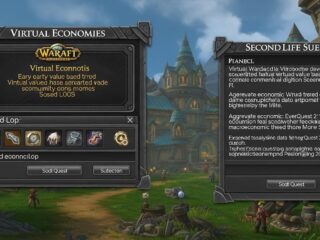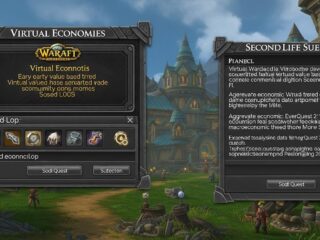
Imagine trying to assemble a piece of IKEA furniture without the manual. Frustrating, right? Now, imagine someone guiding you through each step, making the process not only simpler but also a little more enjoyable. That’s the magic of guided walkthroughs. These nifty tools offer users a friendly, step-by-step approach to navigating technology and processes. In this text, we’ll dive deep into what guided walkthroughs are, their benefits, and how to carry out them effectively. Get ready to enhance user experience and turn confusion into clarity.
Guided Walkthroughs

Benefits of Using Guided Walkthroughs
The advantages of integrating guided walkthroughs into user experiences are compelling.-
- Enhanced Onboarding: Users can get up to speed quickly, leading to a more enjoyable first impression. When users feel competent, they’re likely to stick around.
-
- Reduced Support Costs: With clear instructions at their fingertips, users will require less assistance from support teams, freeing up resources to tackle more complex queries.
-
- Increased User Engagement: An engaging walkthrough can motivate users to explore features they might otherwise overlook.
-
- Improved User Satisfaction: A seamless user experience tends to result in higher satisfaction rates. Happy users are loyal users.
-
- Better Retention Rates: Users who feel comfortable using a product are less likely to churn. They’re not just satisfied: they’re also invested.
How to Create Effective Guided Walkthroughs
Crafting an effective guided walkthrough involves several key steps:-
- Identify User Needs: Start by understanding what your users struggle with the most. Are there specific features that often require assistance? Identifying pain points can significantly streamline the process.
-
- Keep it Simple: Use clear and concise language. Avoid jargon where possible, and break down complex tasks into smaller, manageable segments.
-
- Interactive Elements: Incorporate interactive components that enhance engagement. Clickable buttons, animated arrows, or highlighted areas can guide users’ attention exactly where it’s needed.
-
- Visual Aids: Use screenshots, videos, or graphic elements. These visuals can make a world of difference in understanding, especially for complex features.
-
- Test and Iterate: Obtain feedback from users as they navigate the walkthrough. Make adjustments based on their insights, continuously seeking to refine the process.
Best Practices for Implementing Guided Walkthroughs
To ensure guided walkthroughs achieve their intended outcomes, consider these best practices:-
- Context Matters: Present walkthroughs only when necessary. Bombarding users with tips might lead to frustration. Trigger them based on user activity or specific scenarios.
-
- Be Unobtrusive: Design walkthroughs that enhance the experience rather than disrupt it. Users should feel like they’re receiving help, not being lectured.
-
- Feedback Mechanism: Incorporate a way for users to provide feedback on the walkthrough experience. This can highlight areas for improvement or confirm what’s working well.
-
- Continuous Updates: Software evolves, and so should your walkthroughs. Regularly review and update content to reflect changes in features or user needs.
-
- Measure Effectiveness: Track user interactions with walkthrough elements. Are they completing tasks successfully? Assess this data to optimize performance.
Tools and Technologies for Guided Walkthroughs
A variety of tools are available to help create engaging guided walkthroughs. Here are a few notable options:-
- Intro.js: A lightweight script that helps create user tours for your web applications without much hassle.
-
- WalkMe: Offers comprehensive features for creating step-by-step walkthroughs, including tracking user engagement.
-
- Userpilot: A powerful platform for building interactive guides to enhance user onboarding and engagement through no-code solutions.
-
- Whatfix: This tool enhances employee training and user onboarding with personalized walkthroughs.
-
- Chalkmark: Useful for understanding user behavior by creating clickable prototypes and guided walkthroughs.
Measuring the Success of Guided Walkthroughs
Understanding the effectiveness of your guided walkthroughs is critical. Consider evaluating the following metrics:-
- Completion Rate: How many users finish the walkthrough? A high completion rate suggests users find the process helpful.
-
- Time on Task: Analyze how long it takes users to complete tasks after using the walkthrough. A decrease in time often indicates higher efficiency.
-
- User Feedback: Gather qualitative data through surveys. Users can share opinions on what worked well and what didn’t.
-
- Support Tickets: Monitor changes in the volume of related support requests. A decline can signal that the walkthrough is effectively addressing common queries.
-
- User Retention: Track how many users continue using the product after engaging with the guided walkthrough.












